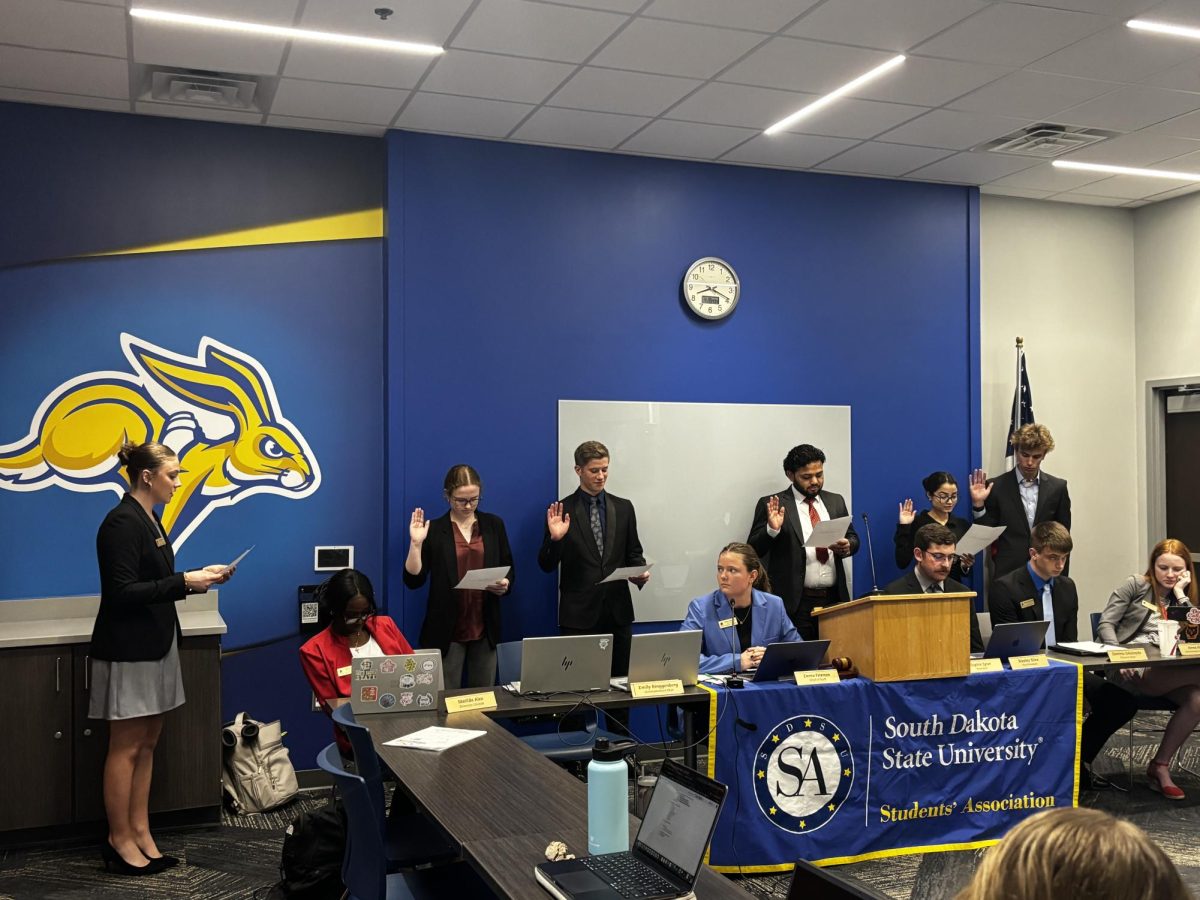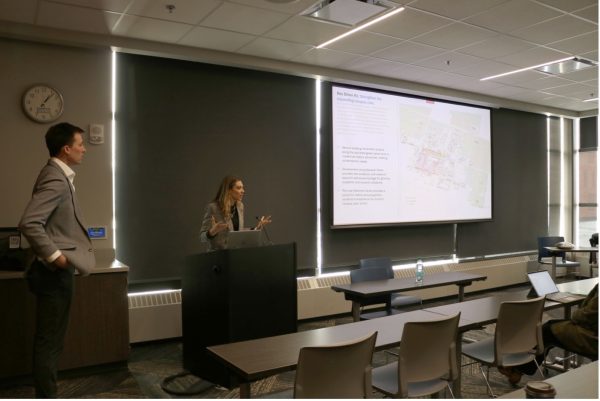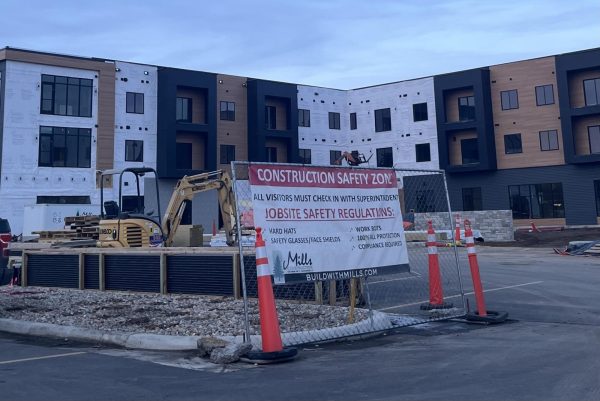Racist threat plastered on campus wall
October 2, 2012
Vandalism: Racism still problem at SDSU
Hepi Flute Player walked into his floor bathroom in Brown Hall in the early hours of the morning, expecting nothing but the ordinary.
Unfortunately upon entering the stall, he found the following message written crudely with black marker: “Praire Niggers go back to the Rez” with room numbers listed — one of them his.
The message was not just harmless bathroom stall graffiti — it was written in a bathroom stall on the first floor west wing in Brown Hall, also known as the Native American/Tioti community.
“All I wanted to do when I saw the vandalism was go home,” said Flute Player, a sophomore general studies major. “I told my RA about it and didn’t report it to UPD myself. What upsets me the most, though, is that they tried to clean it immediately, but I got a picture of it before they did.”
The picture of the message has exploded across social media. Facebook shares of the photo have surpassed 1,000 and have continued to grow, with many posters expressing their outrage.
Charlotte Davidson, assistant director of the American Indian Education and Cultural Center, led a discussion with Native students the night of Oct. 1 to talk about the incident.
The students came with many stories of their own.
“A lot of my classes have students that are going to be teachers,” said Alaina Hanks, a senior English major. “I guess to be a teacher in South Dakota they’re required to take AIS/HIST 368, which is History and Culture of the Native American Indian. The only thing I ever remember people saying about the class is nothing but complaints. They really don’t believe that they’ll be working with Native students.”
Hanks has heard plenty of things from students throughout the years but never said anything due to being a bystander to many of the conversations.
“Now I do say something, even if I’m not in the conversation,” Hanks said.
Flute Player and many other students at the dialogue at the AIECC believe that the recent Sherman Alexie lecture may have something to do with the racist vandalism.
“One of my instructors kept referring to the Common Read book as ‘that Indian book,’ and it really bothered me,” said Ernest Weston, a freshman general studies major.
The Alexie lecture was required for many freshmen to attend. His book The Absolutely True Diary of a Part-Time Indian was chosen as the Common Read this year at SDSU.
“This incident is a good opportunity to turn this into an issue for non-Native students and faculty,” said Joseph Robertson, a graduate student in the Math and Statistics department. “But instead of being surprised that this has happened, how do we propose a solution?”
The students at the dialogue shared stories about the things that people have said to them and how they have been “war whooped” at while walking down the street. With incidences like these occurring on campus on a daily basis, it has all converged down to one incident: the racist graffiti.
Jamie Nolan-Andrino, SDSU’s diversity officer, was present at the meeting at the AIECC.
“The university response is a process, and I’d say that plenty of groups on campus were represented at the original meeting Friday night when we found out about this,” Nolan-Andrino said. “The statement that was issued in the Monday morning message was just that: a public statement. There are meetings going on in residence halls, and racial harassment is indeed a felony.”
Nolan-Andrino insisted that the students must report more incidences of racial harassment to the administration. Jeff Hale, the new director of Residential Life, assured the students that Res Life is doing all it can at the moment to help alleviate people’s concerns about the issue.
According to Hale, Res Life is working with the staff and students in Brown Hall on the issue, a problem that Hale sees as intolerable at SDSU. Hale said he is open to suggestions on how to make students more sensitive to the topic at hand.
“As we become aware, we will respond to these situations as quick as we can and as assertively as we can, because we do not think it has any place,” Hale said. “We think all students are welcome. This is not part of the community that we want to have on our campus.”
With regard to what Residential Life will do in the future regarding the incident, Hale said, “We’re going to respond, and we encourage students to be clear that this is not acceptable.”
“This type of behavior will not be tolerated at SDSU,” said Marysz Rames, the vice president for Student Affairs.
For two hours students shared their stories and how they felt about the writing on the wall.
“I don’t feel safe living there anymore,” said Weston. “I live there, too, and the guys that the writing was targeted towards are my neighbors.”
There has already been one confirmed student on the floor, who was not named, who has requested to move.
Nolan-Andrino said that if any of these incidents happen to minority students, the administration needs to know.
“A lot of these things that happen, the day-to-day incidents, are so helpful for us to know,” Nolan-Andrino said. “An email or a phone call would be so beneficial to the administration to help students that this affects. The things that chip away at us every day are what cause us to ultimately snap.”
Any SDSU student who feels he or she is being targeted racially or any SDSU student who witnesses an incident should report it to the Diversity Office or the staff members of the AIECC.
Because of the ongoing investigation of who wrote the message in the bathroom stall, UPD has not yet issued an official statement regarding the incident.
News editors Erin Beck and Noah Brown contributed to this story.





















